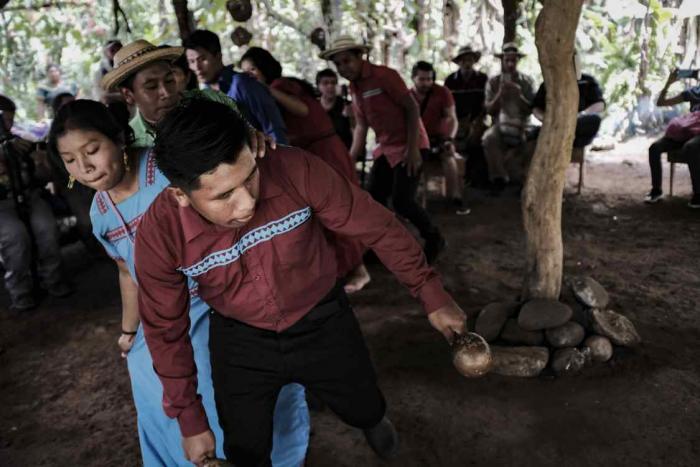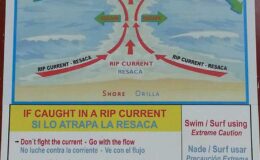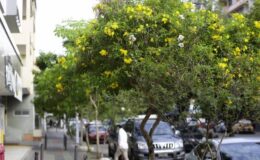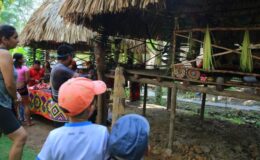Indigenous Panamanians: So often overlooked are trying to be a part of tourism.
- By : James Bryson
- Category : Human Interest, Local Culture, Panama Tourism

A traditional ritual with smoke and purified water allows visitors to enter the forest or houses in the Ngäbe-Buglé indigenous communities of southern Costa Rica, where their inhabitants are beginning to see tourism as an opportunity to showcase and preserve their culture. and to generate income.
Nearly 3,200 Ngäbe-Buglé indigenous people live in some 10 communities in the canton of Coto Brus, province of Puntarenas, in southern Costa Rica, and try to keep alive their customs and traditions, which include colorful clothing, crafts, and food. , even the songs, the dances and the Ngäbe and Buglé languages.
The hummingbird, the messenger of God
The hummingbird, the smallest bird in the world and that lives in the Costa Rican forests, is for the Ngäbe-Buglé a key piece of history, since the stories say that it was a bird sent by God to bring a drop of water in its beak that when it fell on the ground, it led to the birth of the forest and of life.
Kira Bejarano is an indigenous woman from the community of La Casona, who, in addition to being a teacher in a public educational center in the indigenous area, is one of the leaders of a family business called Ju Mölöchi (La Casa del Colibrí), where tourists are served and receive an explanation of the culture of the place.
“We want to transmit cultural knowledge, ancestral knowledge that, as we well know, is being lost or underestimated. It is a cultural rescue, of harmony with nature, preservation. It is to make ourselves known and that culture is not so mercantile but rather for the experience,” Bejarano told EFE.
The woman explained that children are being included in the initiative so that they value the importance of their cultural roots and as a method for the preservation of language and customs.
The Ngäbe-Buglé indigenous people stretch from the Panamanian province of Chiriquí to the Costa Rican provinces of Puntarenas (south) and Limón (Caribbean) and have a long history of mobility between territories since before borders were established.
Although there have been communities established in Costa Rican territory for decades, currently the migration of indigenous people between Costa Rica and Panama continues especially during the agricultural harvest season, as is the case with coffee.
The preservation of culture
The preservation of the language is one of the objectives that these towns have set for themselves and for this they have had the support of the Ministry of Public Education of Costa Rica (MEP) that has appointed teachers who can teach lessons in the area’s educational centers. the two languages of the community: Ngäbe and Bugle.
In the Ngäbe-Buglé towns of Costa Rica, the indigenous people continue to make and use traditional clothing and other implements that identify them, and children and young people are learning from their grandparents the customs, traditions and language, which are considered one of the main riches of the town.
The diet based on organic products such as rice, vegetables and fruits, walks in the forest, the observation of flora and fauna, the stay in the town and craft workshops, are also part of the offer with which the indigenous people seek to develop the activities tourist in the area.
In a humble house belonging to the Ngöbe Buglé La Casona community, lives Celestino Palacios, who is one of the sons of the late cacique and founder of the Pedro Bejarano community.
At the entrance to the house there is a huge stone carved with an indigenous face in honor of the cacique, which welcomes the place where Palacios sings in the native language and explains that he is one of the few who is capable of doing so.
According to official data, in Costa Rica, a country of 5.1 million inhabitants, there are close to 104,000 indigenous people distributed in eight large towns: Bribís, Cabécares, Malekus, Chorotegas, Huetares, Teribes, Bruncas and Ngöbe, which register low levels of development. .



No Comments